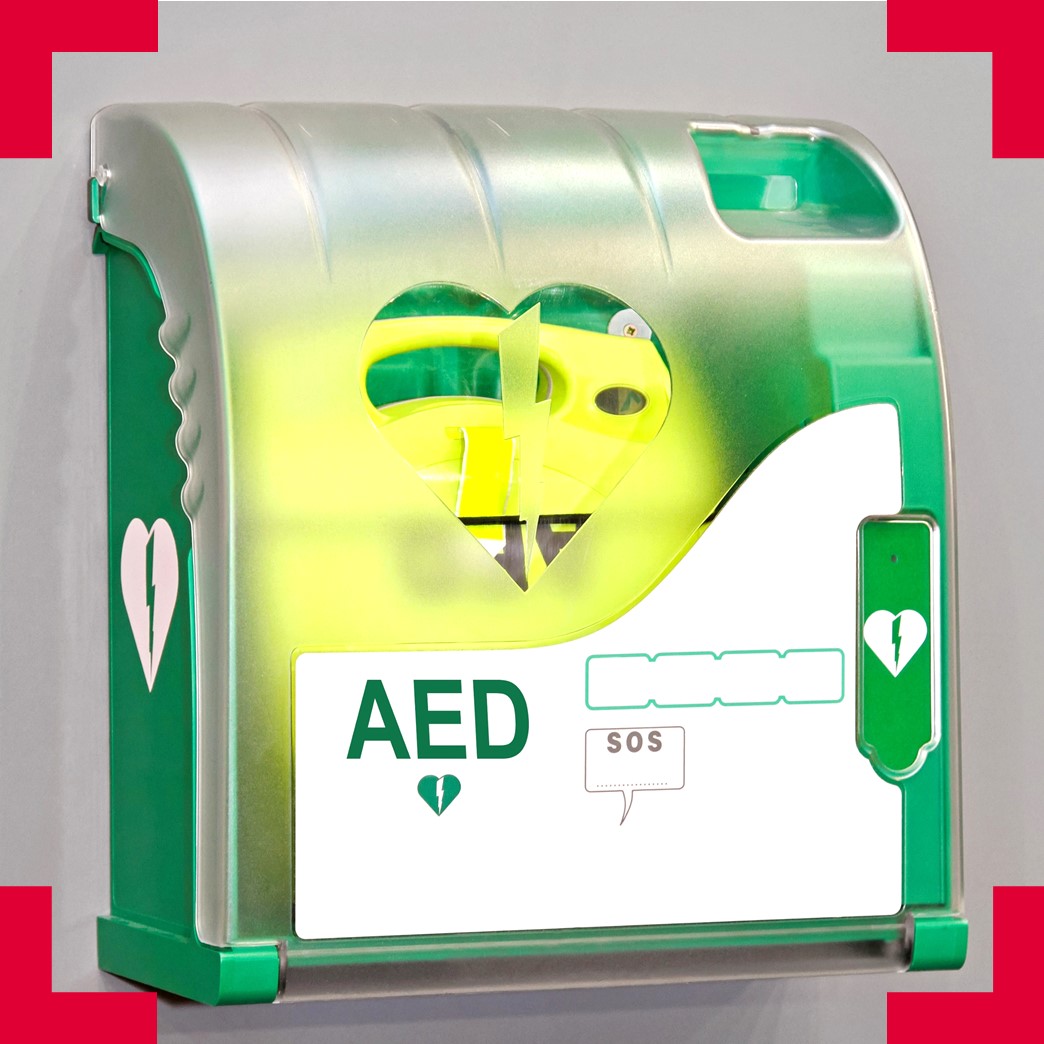‘Designing in’ defibrillators: combining art and urban planning to increase the visibility of public access defibrillators in civic spaces.
In an emergency, how would you locate a defibrillator? You have a matter of moments – where is the nearest one to you? This research will creatively consider ways to ‘signpost’ campus users and members of the public to the locations of live-saving defibrillators.

Automated External Defibrillators (AEDs) (sometimes called ‘heart re-starters’) are pieces of emergency equipment that can help save the life of a victim of a sudden cardiac arrest. These devices require no formal training – anyone can use one in an emergency. Indeed, they are designed to be as simple to use as possible. Time, however, is of the essence. Locating and using an AED within the first few minutes of witnessing a collapse is the best way of increasing the chances of survival.
The University of Bristol, along with other civic and public organisations, is expanding the provision of AEDs in key accessible locations across campus. However, little is known about how best to make the location of these devices as visible and easily locatable in an emergency as possible, particularly for people with potential accessibility difficulties (including vision, language, literacy or mobility difficulties). There is a national project led by the British Heart Foundation (‘TheCircuit’) to register the presence of AEDs in public spaces so that Ambulance Services know the locations, but this does not address how to make sure they are seen, noticed and used by the public in the vital moments after a collapse. Being presented with an unforeseen emergency situation means clear place-marking is critical.
What did the project involve?
This project supported the identification and bringing together of cross-disciplinary expertise from art & design, urban planning and health as well as engaging collaborators from community groups with specific accessibility needs.
This research team aimed to co-create novel ways of identifying AEDs in the built environment, and develop answerable research questions around how to use design to maximise accessibility and usage in an emergency.
This was carried out through focussed stakeholder mapping exercises, and workshops to transform initial creative ideas into testable research questions through expert input. The networks created through these activities produced some provisional designs that could be taken forward.
Who are the team and what do they bring?
- Dr Matthew Booker (Centre for Academic Primary Care)
- Dr Sarah Allsop (Resuscitation for Medical Disciplines (RMD) Programme)
- Dr Claire Weinberg and Jason Parr (University of Bristol Safety and Health)
- Student representatives from CPR in Society (CPRiS) and Resuscitation for Medical Disciplines (RMD)
- Urban Planning and Visual Communication (UWE)
- Community groups with accessibility impairments
What were the results?
At this end of the project, the researchers derived a clear set of answerable research questions, and some outline designs for what potential ‘solutions’ to this issue might look like. The research team then sought further funding to develop and test these ideas.

